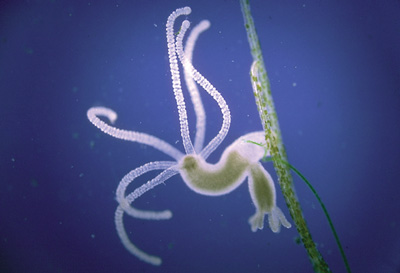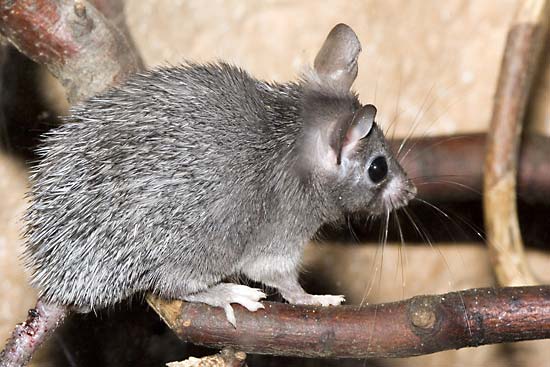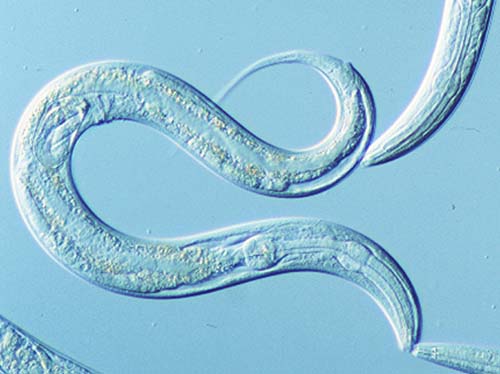Dear Fact Friend, welcome to today’s Daily Fun Fact From Flora . In a (sort of) continuation of our discussion of multicellularity I thought that today we could have a look at how you can regrow more cells when things goes wrong — a process known as regeneration.
Here we’re gonna define regeneration as the ability to recreate lost or damaged tissues and organs, re-establishing their natural morphology and function.
Arguably most animals have some capacity to regenerate and it’s only the really short-lived animals that don’t have any wound response.
Now — having said that there is a big ol" spectrum of regenerative capacity.
Some species have whole body regeneration which is exactly as cool as it sounds. You can essentially chop them, slice them and dice them into as many pieces as you like and each piece will regenerate into a WHOLE NEW ANIMAL.
You can see this in the gorgeous flatworms we saw yesterday (these were apparently not as popular as I thought they"d be with someone describing them as “weird bouncy poos”).

Don’t get a HEAD of yourself now little guy hehehe yeah so this decapitated flatworm is totally fine — he will become a whole new worm.
This also happens in some annelid worms (this group contains earthworms, ragworms, leeches etc) and in Hydra.
No — not that kind of Hydra (although they have pretty impressive regenerative capacities). This kind of Hydra.
These are little fresh-water invertebrates and they’re very edgy. They have such extensive regenerative powers that actually they don’t seem to die of old age ever.
In fact they don’t seem to age at all which is totally nuts.
Some animals can extensively regenerate a lot of tissues and organs, but not their whole body — think of your starfish growing back limbs or lizards growing back tails. Or if you’re really cool and you’re a sea cucumber when you get stressed out you LITERALLY EJECT YOUR ENTIRE DIGESTIVE SYSTEM and use it to rapidly yeet yourself away from potential danger. ****
SO as you can imagine it kind of needs to be able to regenerate that.
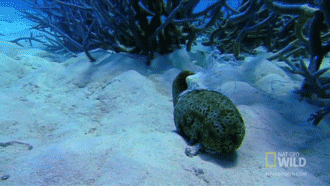
Mmmmm those guts billowing in the ocean (breeze?) current.
Some have regeneration of only a limited number of their tissues and organs and you tend to see this in insects and crustaceans.
Some only regenerate organs but only really in a sort of “ clean up maintenance and repair " sort of way. This is what we do (we can only really regenerate our livers) and this is also the level of regeneration seen in the African spiny mouse. These have spines on their back that sit on some skin that is very loose ( mmmm that skin is so loose ).
That allows the mouse to do is essentially detach from its own skin when it is bitten by a predator.
Like what the fuck.
They can lose 60% of their skin and still survive by regenerating the spines and the skin!!
60%!!
Some have no cellular response to damage at all like C. elegans which is a nematode worm that looks like this.
Now regeneration is a bit tricky because regenerating tissues need to know exactly what is missing so that they can replace it. THEN you need to functionally integrate the new tissues with the existing tissues. And those tissues need to have what’s called positional identity so they “know” where they should be in relation to the system around them.
Sometimes this goes wrong.
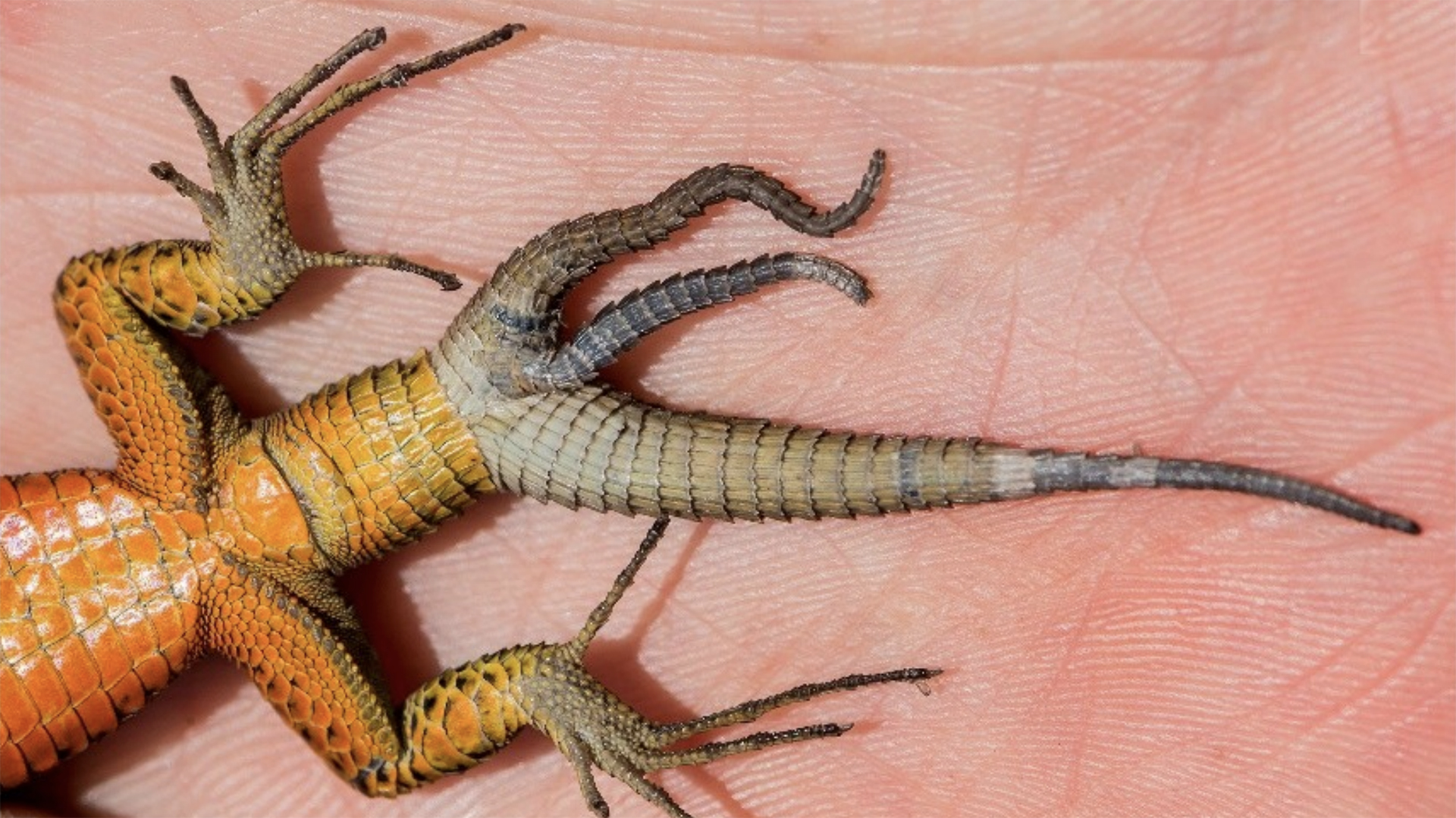
Oops got a bit overexcited growing them tails didn’t you?
Hope you enjoyed this brief foray into the world of regeneration.
Lots of love,
Flora xx


